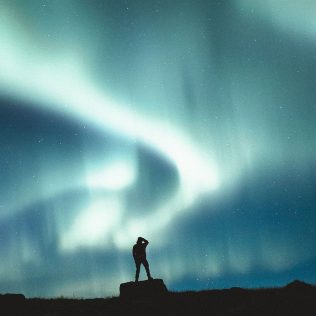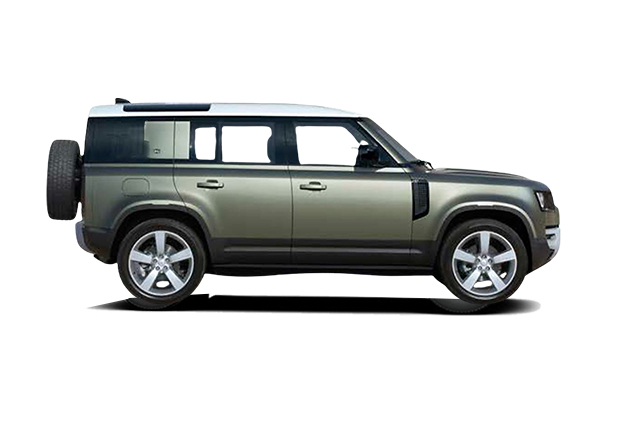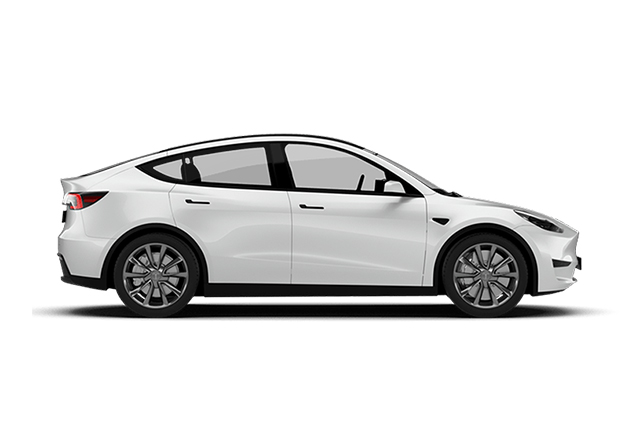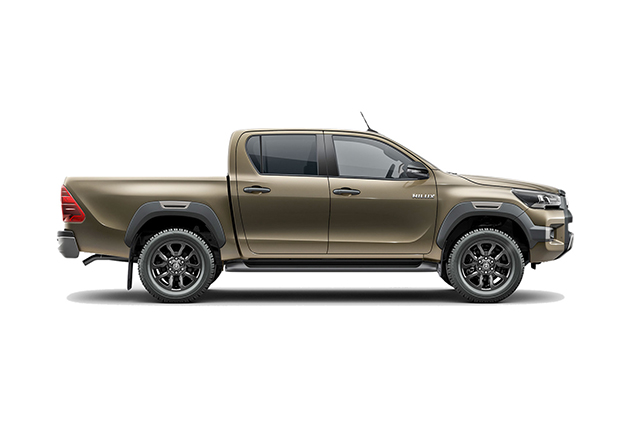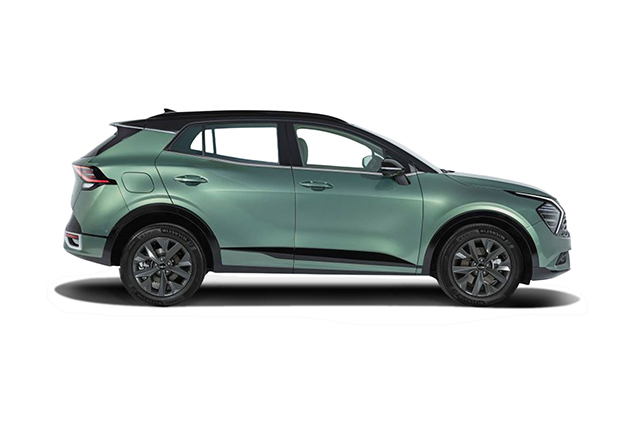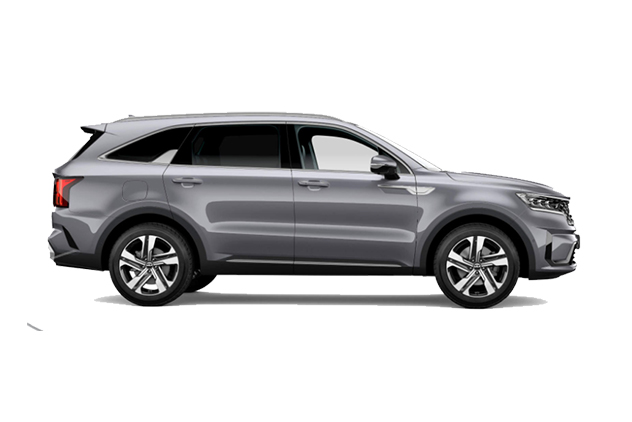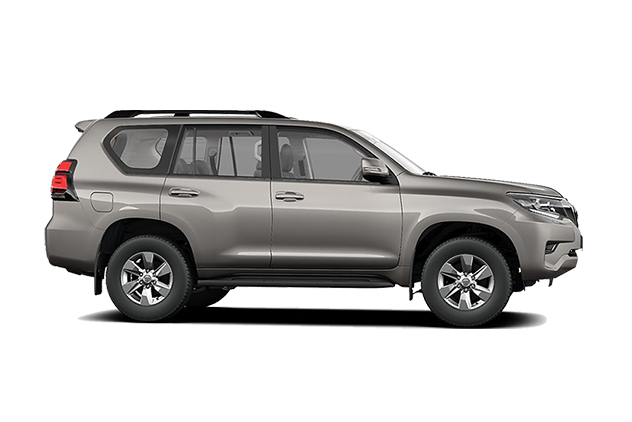The best time to see the northern lights in Iceland is from September to mid-April, with peak conditions typically in October through March. You need clear, dark skies and low light pollution. A 4×4 rental car gives you the flexibility to chase clearer skies when cloud cover blocks visibility in one region. Check aurora forecasts on vedur.is and plan to stay 5 to 7 days for the best odds. Tours are also available if you prefer a guided experience.
Every year, thousands of travelers arrive in Iceland hoping to witness the northern lights in Iceland, one of nature’s most awe-inspiring displays. Known scientifically as the aurora borealis, this phenomenon transforms the dark Icelandic sky into a dance of green, pink, and violet lights that swirl overhead like a living painting.
But catching the northern lights isn’t as simple as booking a winter flight. The aurora is famously elusive, requiring a mix of specific conditions including clear skies, dark nights, and heightened solar activity. That’s why one of the best ways to maximize your chances is by renting a car and chasing the lights on your own terms.
In this guide, we’ll show you how to make that happen. From the best time and places to see the northern lights to driving safety tips, aurora forecasts, and tour alternatives, here’s how to plan your 2025 northern lights adventure in Iceland.
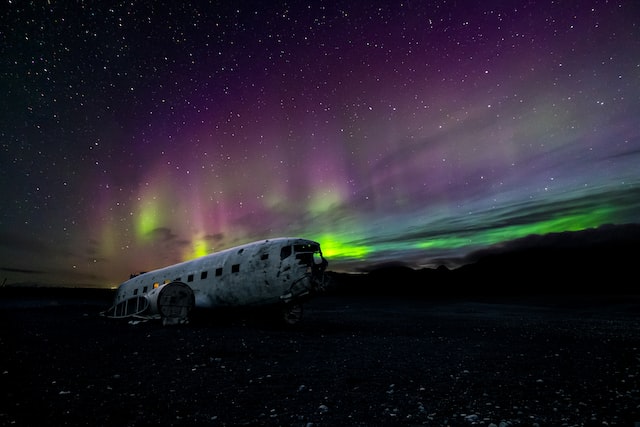
Table of Contents
- The Best Time to See Northern Lights in Iceland
- How to See the Northern Lights in Iceland
- Where to See the Northern Lights in Iceland
- The Best Car for a Northern Lights Road Trip
- How to Read the Aurora Forecast
- Best Northern Lights Tours in Iceland
- Northern Lights Viewing Tips
- Safety Tips
- Frequently Asked Questions
When Is the Best Time to See the Northern Lights in Iceland?
The season for the northern lights in Iceland runs from September through mid-April, when the nights are long enough to provide proper darkness. The absolute peak months tend to be October through March, offering the best balance between nighttime hours and Iceland weather conditions.
While auroral activity can technically happen any time of year, it must be dark enough to see it. This rules out the summer months due to Iceland’s midnight sun. Even in peak season, visibility is never guaranteed. You need clear skies and some geomagnetic activity for the lights to appear.
Interestingly, the clearest skies often occur in early autumn or late winter. December and January are the darkest months, but they also tend to be cloudier. The ideal scenario? A clear night away from city lights, with no moon and a good aurora forecast. If you’re lucky enough to check all those boxes, you’re in for a spectacular show.
How to See the Northern Lights in Iceland
There are two main ways to hunt the aurora in Iceland: on a self-drive road trip or by booking a guided tour.
If you opt for an Iceland rental car, you gain the flexibility to move wherever the sky is clearest. This is especially useful on cloudy nights when you might need to drive an hour or more to escape overcast conditions. However, winter driving in Iceland isn’t for the faint of heart and it requires caution, preparation, and a suitable vehicle.
Some travelers prefer guided tours for peace of mind. These tours are run by experts who know how to read aurora forecasts and local weather conditions. They’ll take you to the best possible viewing spots on any given night, and some even offer a free retry if the lights don’t show.
Whether you choose to drive or book a tour, the key is to give yourself multiple nights and stay flexible. The northern lights are unpredictable, but the more chances you give yourself, the better your odds.
What It’s Like to Witness the Northern Lights in Iceland
Where to See the Northern Lights in Iceland
You can technically see the aurora from anywhere in Iceland (as long as the sky is dark and clear) but some areas consistently offer better conditions than others.
South Iceland is a favorite among visitors due to its accessibility and dramatic backdrops. From the black sand beaches near Vík to the icebergs floating in Jökulsárlón Glacier Lagoon, this region lets you photograph the aurora above some of Iceland’s most iconic scenery.
North Iceland, including areas around Akureyri and Lake Mývatn, is known for having statistically clearer skies during the winter. This makes it a great choice for travelers who are comfortable driving in snowier conditions.
Þingvellir National Park is only about 45 minutes from Reykjavik and offers a beautiful, dark-sky environment without requiring a long drive. It’s ideal if you’re based in the capital but want to escape the light pollution.
The Westfjords and Highlands are also incredible for aurora viewing, but they’re much harder to access in winter. Many roads are closed or impassable, so we only recommend these areas to experienced drivers traveling in early autumn or late spring.
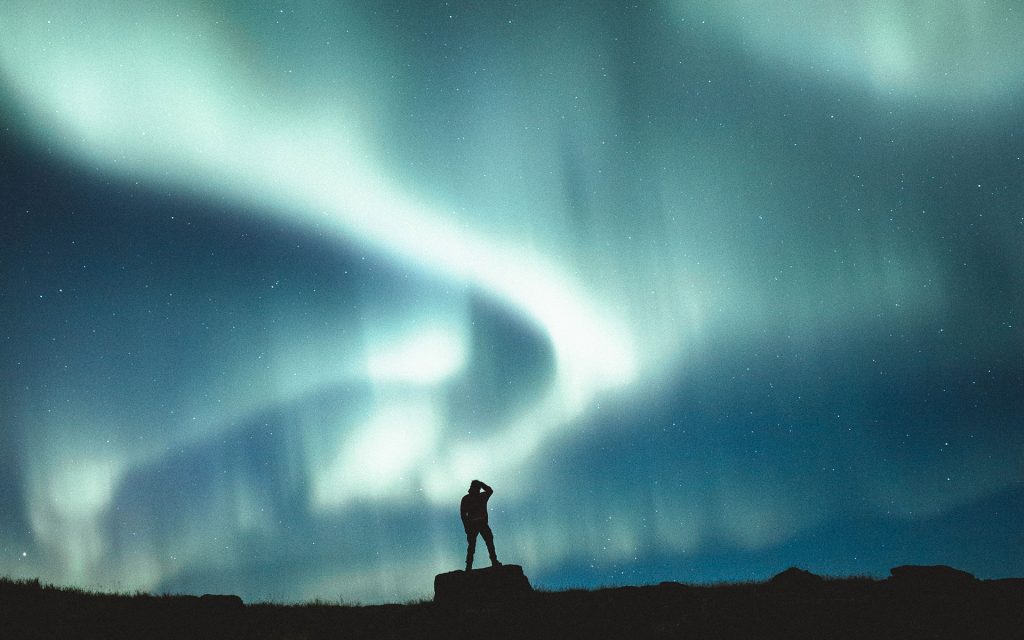
What’s the Best Car for a Northern Lights Road Trip?
Before picking a rental car for your northern lights self-drive in Iceland, it’s important to understand the Icelands’s road conditions and weather factors. If your goal is to see the aurora, late fall through early winter offers excellent viewing opportunities, but also brings the challenges of winter driving. Here’s what to keep in mind before you hit the road:
- There are NO street lights when you are outside of urban areas, which means you will likely be in complete darkness when hunting for the northern lights in Iceland.
- The Icelandic weather changes rapidly, especially in the winter months. Unexpected storms, heavy snow, and low visibility can occur at any time, regardless of where you are in the country.
- The roads will be icy, slippery and snowy, even when driving in Reykjavik and the Route 1 Ring Road, and that makes them difficult to drive on.
- Temporary road closures are very common when lousy weather hits Iceland.
Because of these factors, a 4WD or AWD vehicle is your safest and smartest choice. Winter weather in Iceland is unpredictable, with snowstorms, high winds, and icy roads common from October through March. A well-equipped 4×4 vehicle with studded winter tires will give you the traction and clearance you need. You’ll also want to make sure your headlights are strong enough for pitch-black rural roads, and that you have enough trunk space for warm gear and a camera tripod if you plan to take photos.
How to Read the Aurora Forecast in Iceland
Your best bet for tracking aurora activity in Iceland is the aurora forecast on vedur.is, Iceland’s national meteorological website. This forecast shows both solar activity levels and cloud cover across the country.
The aurora scale runs from 0 to 9. Anything rated 3 or higher has a decent chance of being visible, assuming the sky is dark and clear. On the map, white areas represent clear skies while green areas show cloud cover. Combine this with sunrise/sunset times and moon phase information to pinpoint the best viewing window. Apps like Hello Aurora and My Aurora Forecast can also send real-time alerts when activity spikes, making them great tools for spontaneous chasers.
It’s also imporant to keep an eye on the day’s sunrise and sunset times, total hours of darkness, and when the moon will rise. Your best chance of seeing the aurora is during the darkest hours of the night. One final tip: while the northern lights are spectacular, we don’t recommend making them your only reason to visit Iceland. This country is packed with unforgettable sights like glaciers, geothermal hot springs, black sand beaches and treating the aurora as an added bonus will make your trip even more rewarding.

Best Northern Lights Tours in Iceland
Prefer not to drive? You’re in luck. Iceland is packed with guided northern lights tours that range from cozy bus rides to rugged Super Jeep adventures. Here are some of the most popular local Iceland northern lights tours:
- Northern Lights Small Group Tour – 4h – 18,990 ISK – Includes hot cocoa and free photos
- Super Jeep Northern Lights Tour – 4h – 24,990 ISK – Access to hard-to-reach areas
- Northern Lights by Boat – 2h – 13,990 ISK – Watch from Reykjavik’s harbor
- Private Tours – from 139,900 ISK – Personalized and flexible
Keep in mind that sightings are never guaranteed regardless of what tour you book.
Tips to Maximize Your Chances (and Stay Safe)
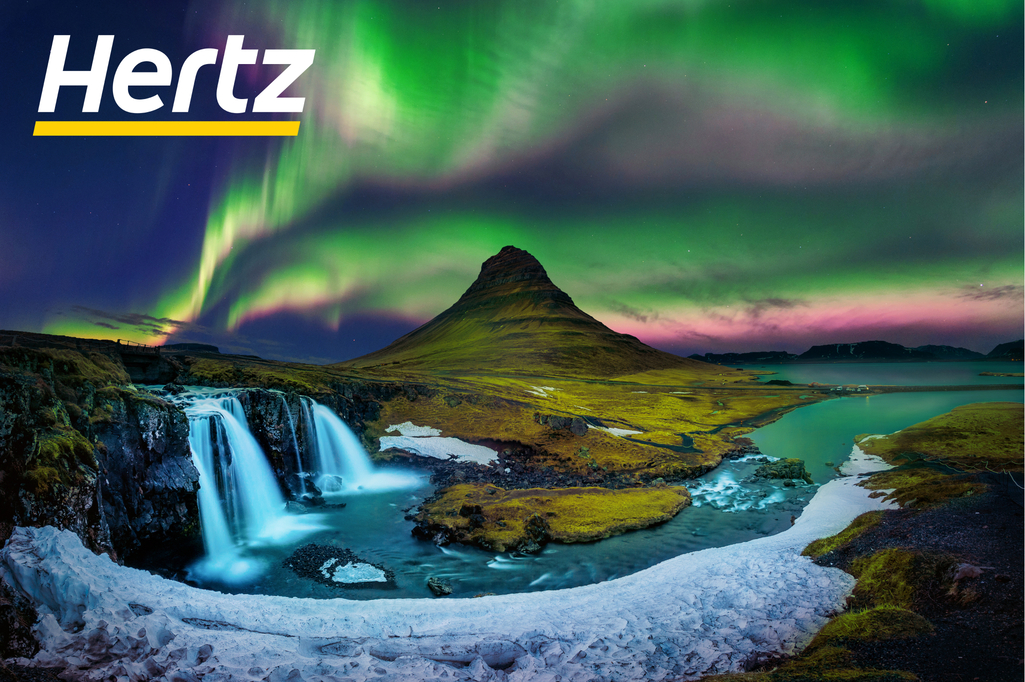
Knowing where to go, how to read the forecast, and when conditions are right will absolutely boost your odds of seeing the northern lights in Iceland. The tips below round out your plan so you can stay comfortable, find darker skies, and keep your trip safe.
1. Stay warm so you can stay out
Winter nights with clear skies can get really cold, and the warmer you are, the longer you can comfortably stay outside and wait for the northern lights to appear. To keep yourself warm, wearing multiple layers is essential. Here are some of our suggestions for what to wear to stay warm and comfortable on your hunt for the northern lights:
- Windproof and waterproof outer shell/jacket
- Thermal top and pants
- Fleece pullover and fleece-lined leggings for layering
- Wool sweater
- Waterproof outer pants
- Waterproof hiking boots
- Crampons (if needed)
Read full packing list for your Iceland self-drive road trip
2. Seek darkness, not just clear skies
Streetlights and building lights wash out faint aurora. Rather than standing outside your hotel in Reykjavik, drive into the countryside and find a wide, open viewpoint. Turning aurora hunting into a short night drive often makes the difference between a faint glow and a show.
3. Give yourself time
There is no set timeline for an aurora appearance. The more nights you have in Iceland, the better your chances. If the forecast looks promising, stay out a little longer and be ready to move if clouds roll in.
4. Use a buddy system
More eyes on the sky means someone is more likely to spot the first signs of activity. Many countryside hotels offer wake‑up calls when the lights appear. If not, coordinate with travel partners or other guests to take turns checking.
5. Only go farther north if you are very comfortable with snow driving
The farther north you go in Iceland, the more isolated you’ll get, and that means less light pollution. On top of that, northern areas of the country statistically have clearer skies with less cloud cover, and it stays darker for longer. That said, during the winter, the roads of North Iceland are more challenging than the well-maintained Ring Road. So make sure you have a driver who is comfortable driving in winter conditions which make the roads icy and snowy.

Safety Tips for Self-Drive Iceland Northern Lights Tour
- Check the daily weather on vedur.is for warnings before you set out.
- Check road.is for openings and surface conditions.
- Do not underestimate how quickly conditions change.
- If you are not a confident winter driver, consider a guided northern lights tour and use your rental car on clearer days.
- Save Iceland’s emergency number 112.
- Do not drive when tired.
- Keep your itinerary relaxed with buffer time, reassess plans day by day, and be ready to adapt to the weather.
Northern Lights in Iceland FAQs
-
- What month is best for northern lights in Iceland?
October through March, thanks to long, dark nights.
- What month is best for northern lights in Iceland?
-
- How likely is it to see the northern lights in Iceland?
There are no guarantees, but travelers who stay 5–7 nights in winter and check forecasts daily have a good chance.
- How likely is it to see the northern lights in Iceland?
-
- Can you see the northern lights from Reykjavik?
Yes, but light pollution makes them harder to see. On strong aurora nights with clear skies, you may catch a glimpse from within the city, especially from darker areas like Grótta Lighthouse. For the best experience, drive 20–30 minutes outside the capital to escape the city lights.
- Can you see the northern lights from Reykjavik?
-
- Can you see the northern lights at the Blue Lagoon
Yes, you can see them if conditions are ideal. Clear skies and strong activity are still required.
- Can you see the northern lights at the Blue Lagoon
-
- Is Iceland or Norway better for the northern lights?
Norway’s Tromsø has better visibility odds, but Iceland offers more dramatic landscapes and flexibility for self-drivers.
- Is Iceland or Norway better for the northern lights?
-
- Do I need a camera to see the northern lights?
Not necessarily. A strong aurora is visible to the naked eye, often as shimmering green or pink waves across the sky. However, cameras can capture more detail and color than our eyes can perceive, especially during weaker displays. A tripod and long-exposure settings will help you photograph them clearly.
- Do I need a camera to see the northern lights?
-
- What time of night is best to see the northern lights in Iceland
Between 9 PM and 1 AM, though they can appear as early as 6 PM or as late as 3 AM.
- What time of night is best to see the northern lights in Iceland
-
- How many days should I plan for an Iceland northern lights trip?
At least five nights to improve your odds.
- How many days should I plan for an Iceland northern lights trip?
-
- Can you see the northern lights during the summer?
No. Even though auroral activity happens year-round, Iceland’s summer months have the midnight sun, meaning the sky never gets fully dark. Without darkness, the northern lights aren’t visible.
- Can you see the northern lights during the summer?
Final Thoughts on Northern Lights in Iceland
If you’ve ever dreamed of seeing the northern lights, Iceland offers one of the most accessible, beautiful, and flexible ways to make it happen. With the right timing, a reliable rental car, and a little help from the aurora forecast, you’ll give yourself the best chance to witness this spectacular natural wonder.
Ready to chase the lights? Book your 4×4 rental car with Hertz Iceland and start planning your aurora adventure today.
